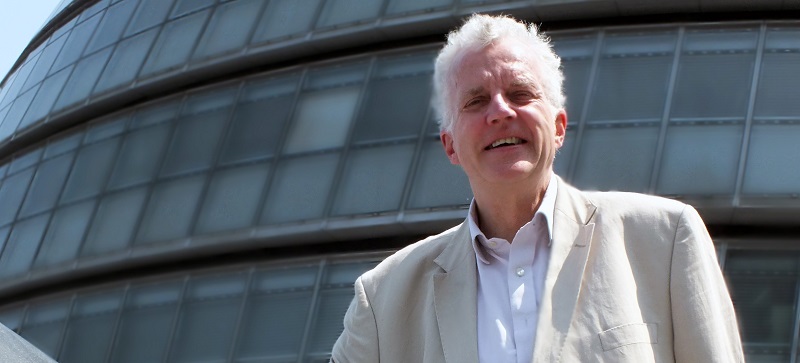One of the oft hoped-for legacies of the Olympics is that the successes of the athletes will translate into more physical activity in the wider population. Nowhere is this more widely anticipated than in cycling where there seems to be an expectation that there is an obvious crossover between cycling as a sport and as a means of transport.
The problem is that the link is, at best, tenuous and, quite possibly, non-existent. The site of that supreme athlete, Bradley Wiggins, winning the Tour de France and an Olympic gold within a matter of days between each other does not necessarily inspire people to get that cobwebbed bike out of their garage and jump on it.
Indeed, when the superhero Wiggins mused about legislation to enforce helmet use in the aftermath of his victory in the Olympic time trial, it seemed to reinforce the gulf between the two types of cycling. While of course it is sensible for Wiggins and his fellow sports cyclists to wear helmets – though this is a relatively novel innovation and was initially strongly resisted with go slow demonstrations by Tour de France peloton – it is another matter for everyday cyclists.
Wiggins reignited the helmet debate even though he tried to row back from his original suggestion that wearing one should be compulsory. It is a controversy that goes to the heart of cycling and which has fierce exponents on both sides. Wiggins seemed almost to be blaming the victims in cycling accidents, rather than highlighting the difficult conditions under which many of us cyclists ride every day.
The helmet supporters argue that it is a no-brainer, in the same way that motorcyclists now have to wear one after a long campaign against compulsion. Cycling is a dangerous activity, they say, and accidents are likely to result in a head injury.
However, it is much more complicated than that. In a brilliant article for Mail Online (http://hanlonblog.dailymail.co.uk/) , the science editor Michael Hanlon debunks the myths surrounding the issue. He shows that wearing a helmet can make riders overconfident, leading them to take risks they would not otherwise and he shows that most deaths occur because of lower body rather than cranial injuries.
Worse, making helmet wearing compulsory would reduce the number of cyclists on the streets, as has been demonstrated in Australia where cyclists were deterred by the hassle and cost of helmets. That would actually make life more dangerous for the remainder. As Hanlon points out, it is by encouraging more cyclists, creating a critical mass, that riding a bike becomes safer. That is already happening to some extent in central London where at times the sheer number of cyclists means traffic has to slow down to accommodate them and it is noticeable that many of the recent cycle deaths in the capital have occurred outside the central area.
It is a pity that Wiggins’s comments side-tracked the more interesting issue of how to transfer sports cycling success into greater use of the bicycle on our streets. Ambassadors like Wiggins, Chris Hoy and Victoria Pendleton could do much to encourage young people to cycle but it will only work if their support is backed up by action from both local and central government to make the streets safer. However much they show that cycling is wonderful activity, people will not start cycling if they perceive it as a risky activity, and Wiggins’ comments, unfortunately, reinforced that notion. In fact, it isn’t. There were 16 cycle deaths on London’s streets last year, fewer than one per 6 million journeys.
The perception of danger, however, remains, and only major improvements to the infrastructure will encourage those nervous new cyclists. There is a long way to go. I cycled to Stratford several times during the Olympics to do interviews on the travel situation (gloat note: as I predicted in this column, it passed off largely smoothly). I used part of one of Boris Johnson’s Cycle Superhighways which runs along the A11, although unaccountably it peters out at the notorious Bow where there have been two recent cycle deaths. It was the first time I had cycled on one of the Superhighways and if there ever was a misnomer, it is this sad piece of infrastructure pretending to be helpful to cyclists. It is by no means continuous, goes through various colours – Barclays blue, another darker blue, red, and black – and there is no explanation to drivers about what the cycle lane is supposed to be – in fact it is merely advisory, and motorists go in and out of the lane with very little consideration to cyclists. As I wrote on my blog, to call it a joke is to demean humour.
Improving the streets to bring them up to the standard recognised as normal in many cycle-friendly northern European cities should be the focus of Wiggins’s attention, not the stale debate over helmets.
